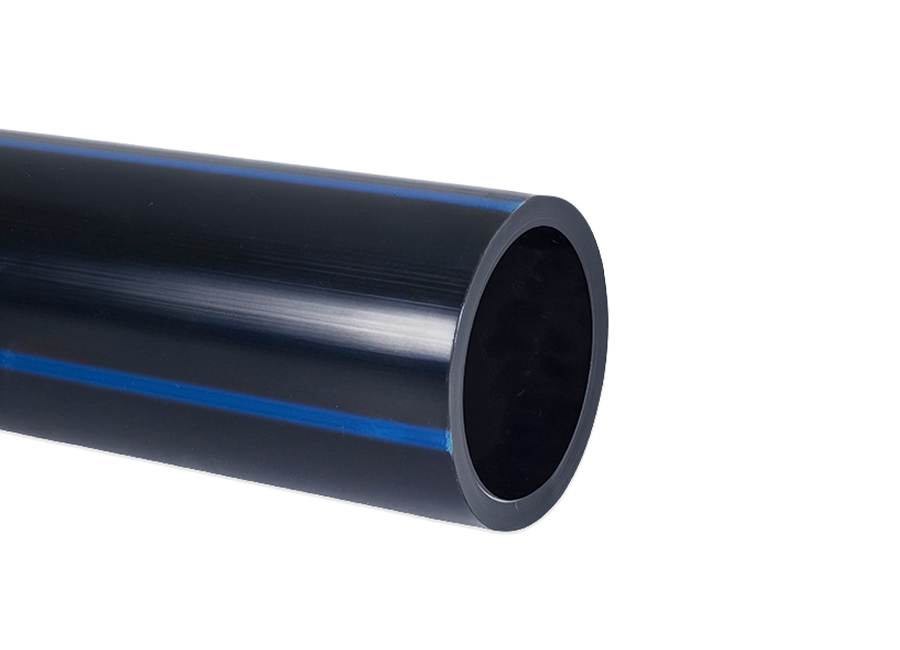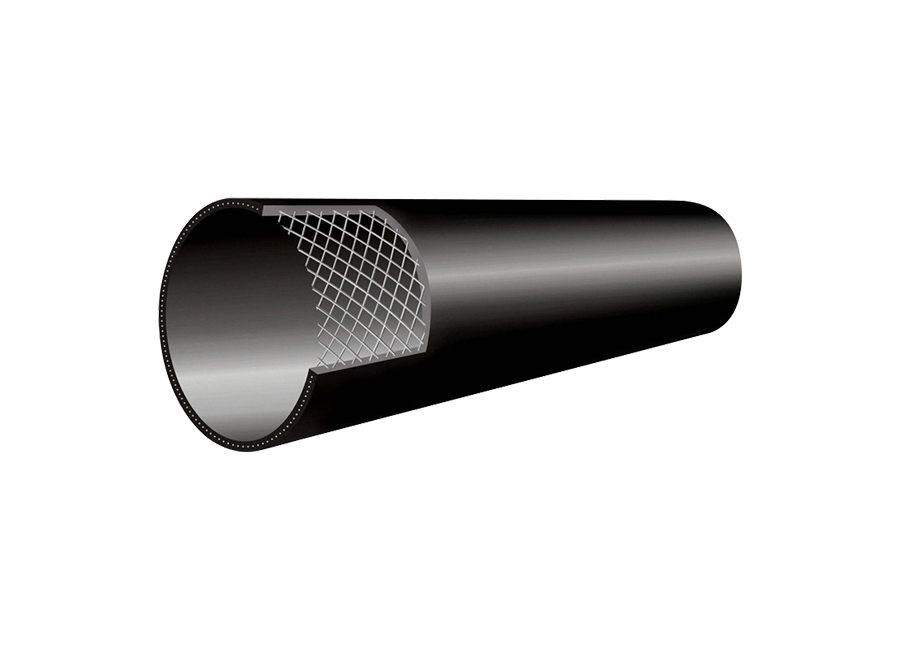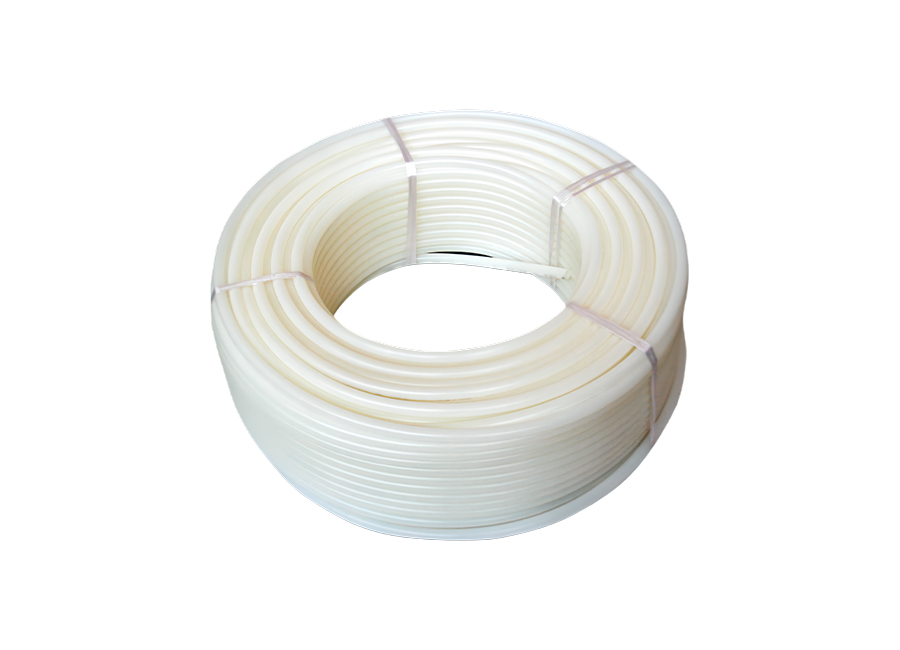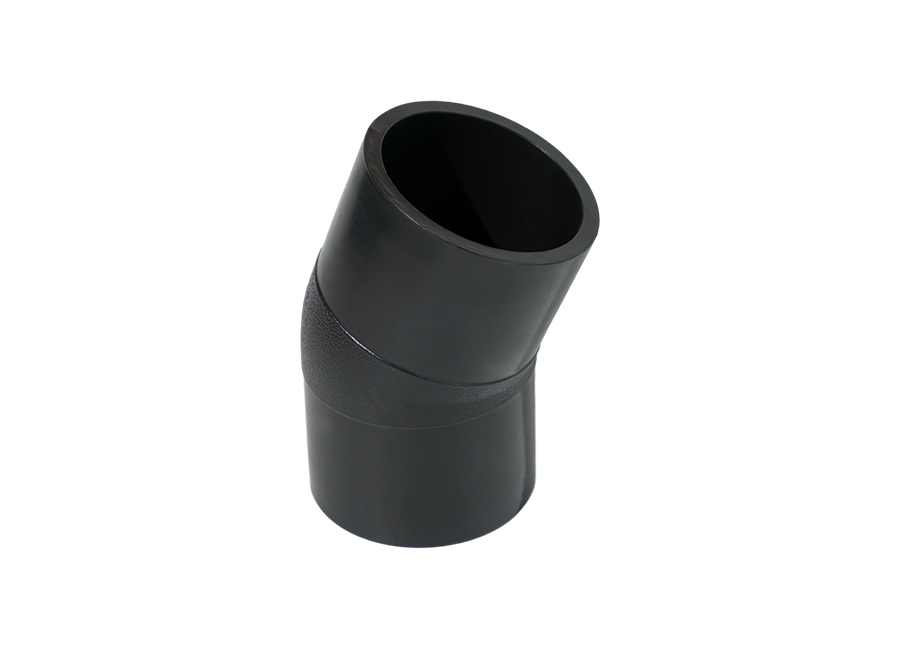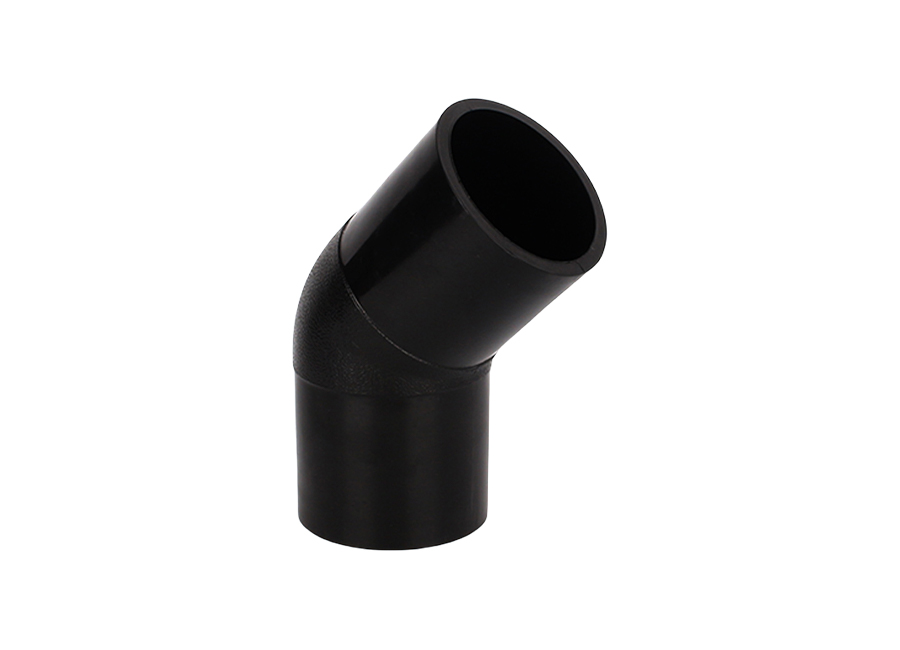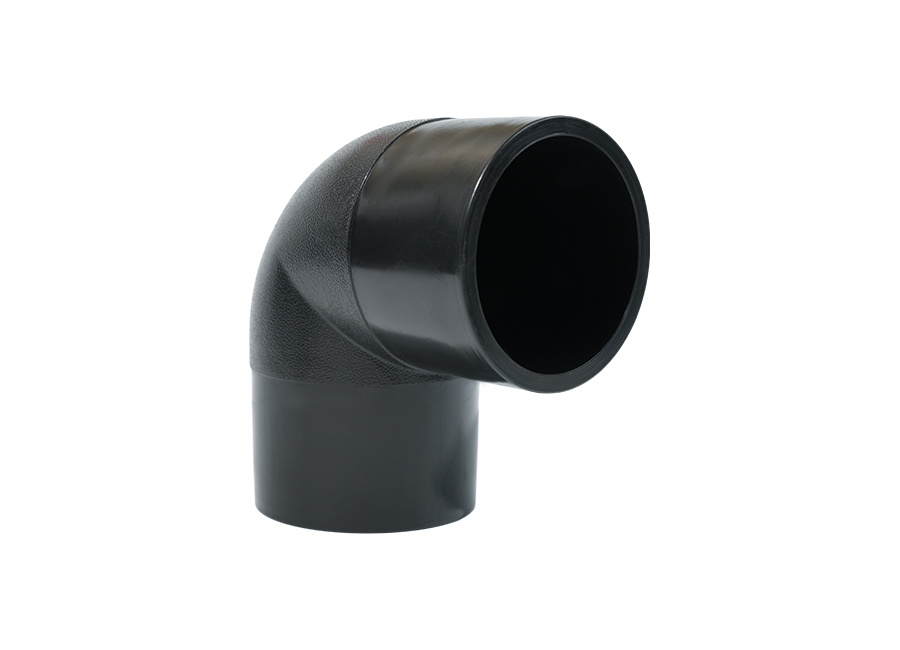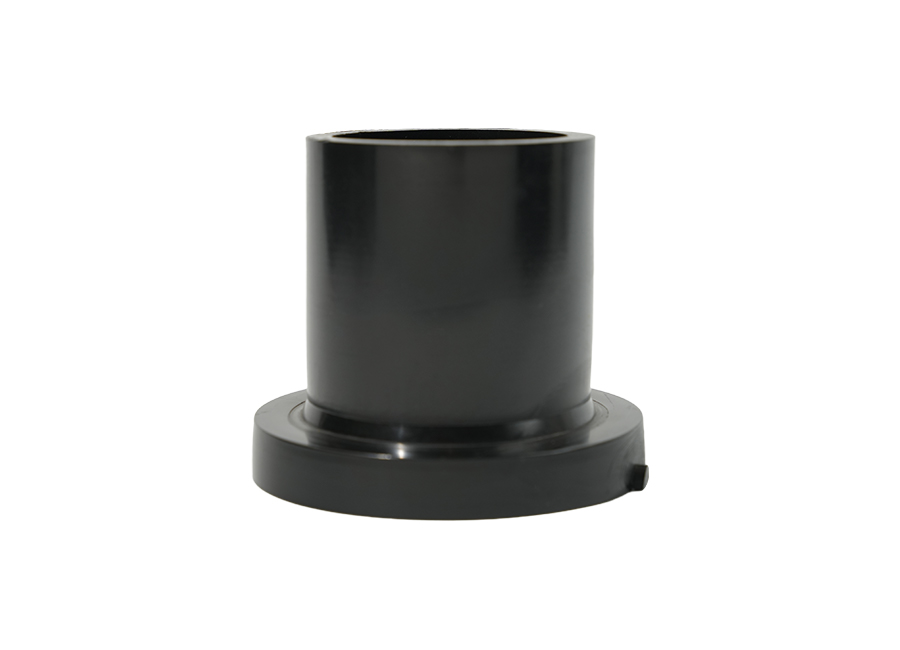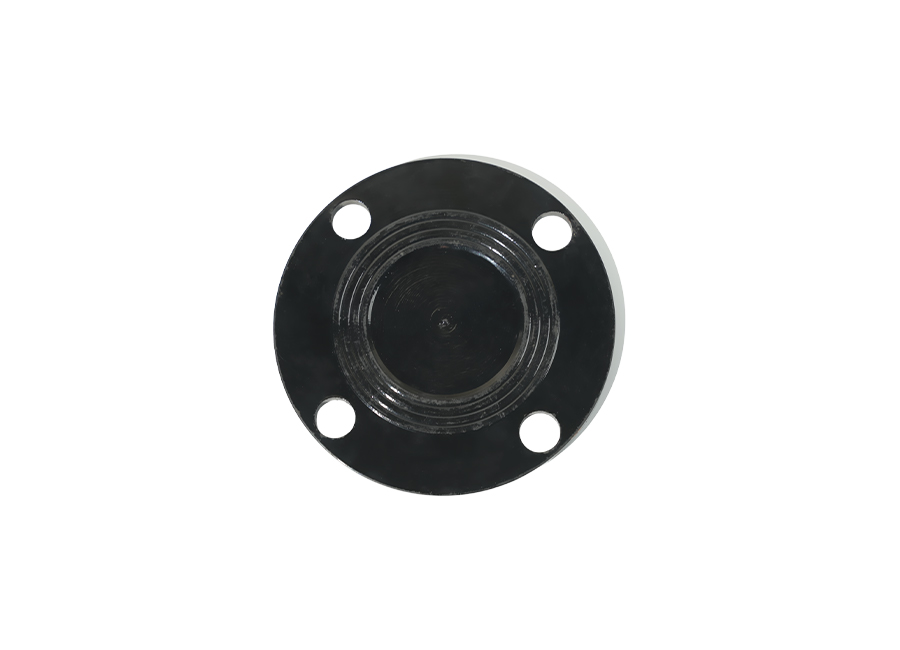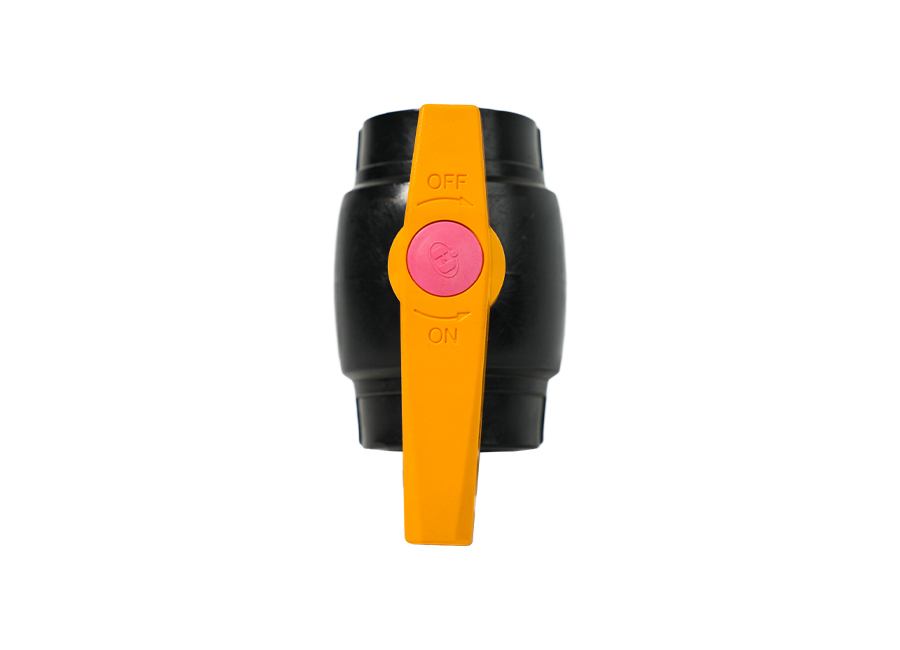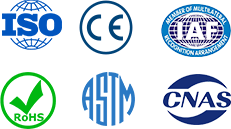Content
1. Effects of Low Temperature on PVC Pipe
Material Property Changes
For every 10°C decrease in temperature, the impact strength of PVC pipe decreases by approximately 15-20%. The elastic modulus increases accordingly, resulting in reduced flexibility.
At temperatures below 5°C, ordinary PVC-U pipe enters a critical brittle state.
Construction process limitations
Adhesive curing time is extended by 2-3 times.
Hot-melt joints require higher temperatures and longer times.
Microcracks are more likely to form when cutting pipes.
2. Key Preventative Measures
Material Storage and Handling
Maintain indoor storage temperature above 10°C.
For outdoor storage, use an insulated shed and rock wool insulation.
Use dedicated lifting straps during handling to avoid dropping or impact.
Construction Environment Control
Maintain work area temperature above 8°C.
Prioritize key processes between 10:00 AM and 3:00 PM.
Use a hot air blower to maintain the local construction temperature.
Process Adjustments
Adhesive Jointing Use a low-temperature adhesive. Preheat the pipe ends to 15-20°C. Extend the curing time to 48 hours.
Cutting: Use heated cutting tools. Finely polish the cut edges. Maintain a chamfer angle of 15-20 degrees.

3. Emergency Plan: Handling Frost Cracks
Minor cracks: Immediately shut off the water supply. Temporarily seal with special PVC patch tape. Mark and permanently repair after warmer weather.
Large cracks: Remove the damaged pipe section. Install a repair joint with a rubber seal. Strengthen monitoring after water supply is restored. Thawing frozen pipes
Unfilled pipes: Use warm air below 40°C to slowly heat the pipe. Keep the heating rate within 10°C/hour.
Frozen pipes filled with water: Thaw with an electric heat tracing system. Use pressure monitoring to prevent sudden pressure increases.
Buried pipes: Apply antifreeze solution to aid thawing. Thoroughly flush the pipe after thawing.
4. Product advantages of PVC pipes: ideal choice for modern engineering construction
- Excellent Physical and Chemical Properties
Outstanding Corrosion Resistance: PVC pipes offer excellent chemical stability:
They can withstand acidic and alkaline media with a pH range of 2-12, making them suitable for most chemical environments.
They are unaffected by soil microbial and electrochemical corrosion.
They perform well in chlorine-containing environments, making them particularly suitable for sewage treatment systems.
They offer excellent salt spray resistance, making them an ideal choice for pipelines in coastal areas.
Optimized fluid flow characteristics:
Inner wall smoothness Ra ≤ 0.01mm, with a roughness coefficient of only 0.009, significantly lower than that of metal pipes.
Hydraulic losses are 30%-40% lower than those of cast iron pipes of the same specification, resulting in significant energy savings over long-term operation.
The anti-scaling property ensures stable flow, with an inner diameter shrinkage of <5% over a 50-year service life.
Balanced Mechanical Properties:
Tensile strength ≥ 40 MPa (GB/T 10002.1 Standard)
Vicat softening temperature ≥ 80°C, short-term heat resistance up to 95°C
Linear expansion coefficient 5×10⁻⁵/°C, approximately five times that of steel pipe, requiring appropriate expansion joints
Excellent impact resistance, especially for modified PVC-M pipes
- Convenient Engineering Applications
Simple and efficient installation
Various connection methods: gluing, flanges, clamps, etc., to suit different application requirements
Easy processing: Cut with ordinary saws, no specialized equipment required
On-site adjustment: Pipe section lengths can be flexibly adjusted based on actual conditions
Fast installation: 3-5 times faster than metal pipe installation
Highly adaptable to weather conditions
Unaffected by rain, installation is possible even in rainy days
Small pipe Moderately bendable (bend radius ≥ 30 times the pipe diameter).
Suitable for installation in confined spaces, with a minimum installation space 30% smaller than metal pipes.
Easy for future retrofitting and strong system scalability.
Low maintenance costs.
Simple daily maintenance, no anti-corrosion treatment required.
Easy inspection and repair, with rapid repair of local damage.
100% recyclable during system retrofits.
- Outstanding Environmental and Health Features.
Green Environmental Advantages.
Production energy consumption is only 25% of that of cast iron pipes and 12% of that of steel.
100% recyclable, with recycled materials used in the manufacture of low-quality pipes.
After disposal, it can be completely degraded through professional treatment, eliminating heavy metal pollution.
No toxic emissions during the production process.
Health and Safety Assurance.
Complies with GB/T 17219 drinking water hygiene standards.
Smooth inner wall resists bacterial growth, offering superior hygienic performance compared to PE pipes.
Combustion produces low smoke and is non-toxic, with an oxygen index ≥ 45 and excellent flame retardancy.
No secondary pollution, ensuring water quality.

 English
English 中文简体
中文简体 русский
русский عربى
عربى


